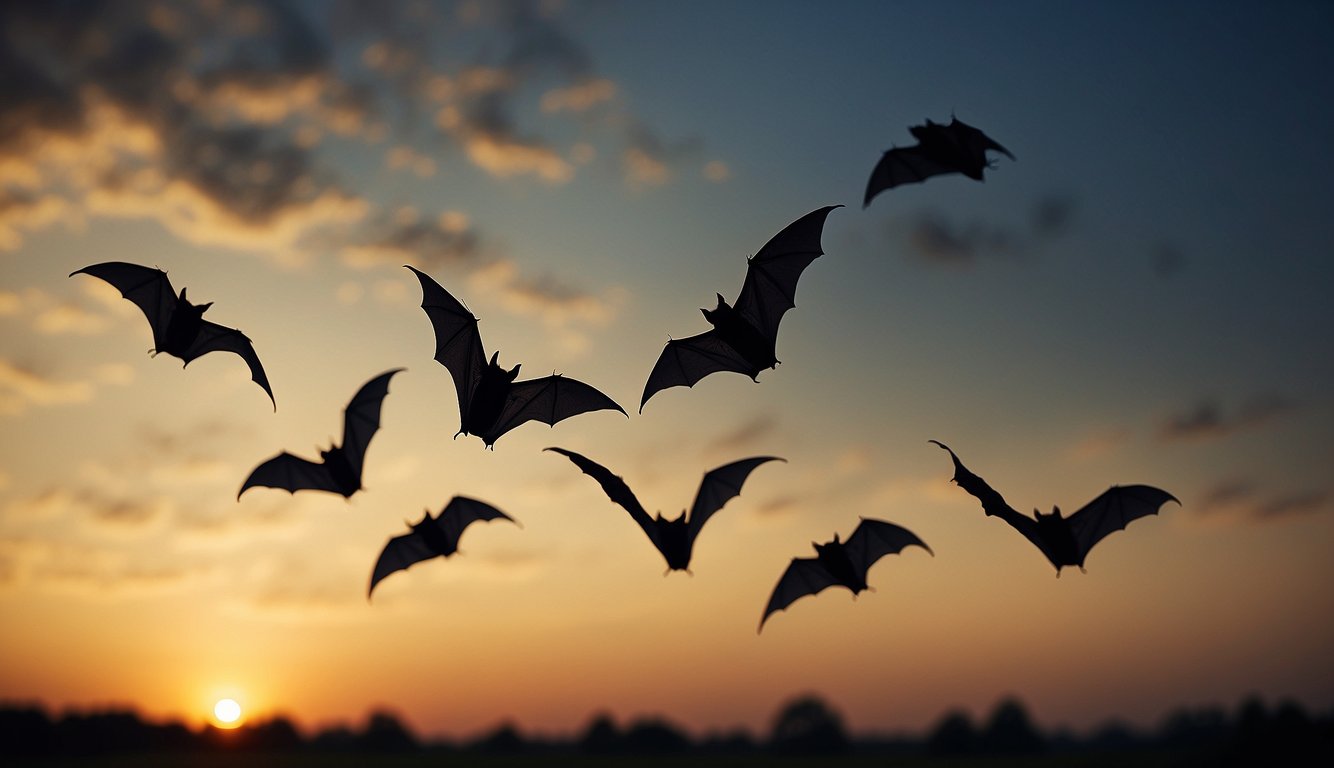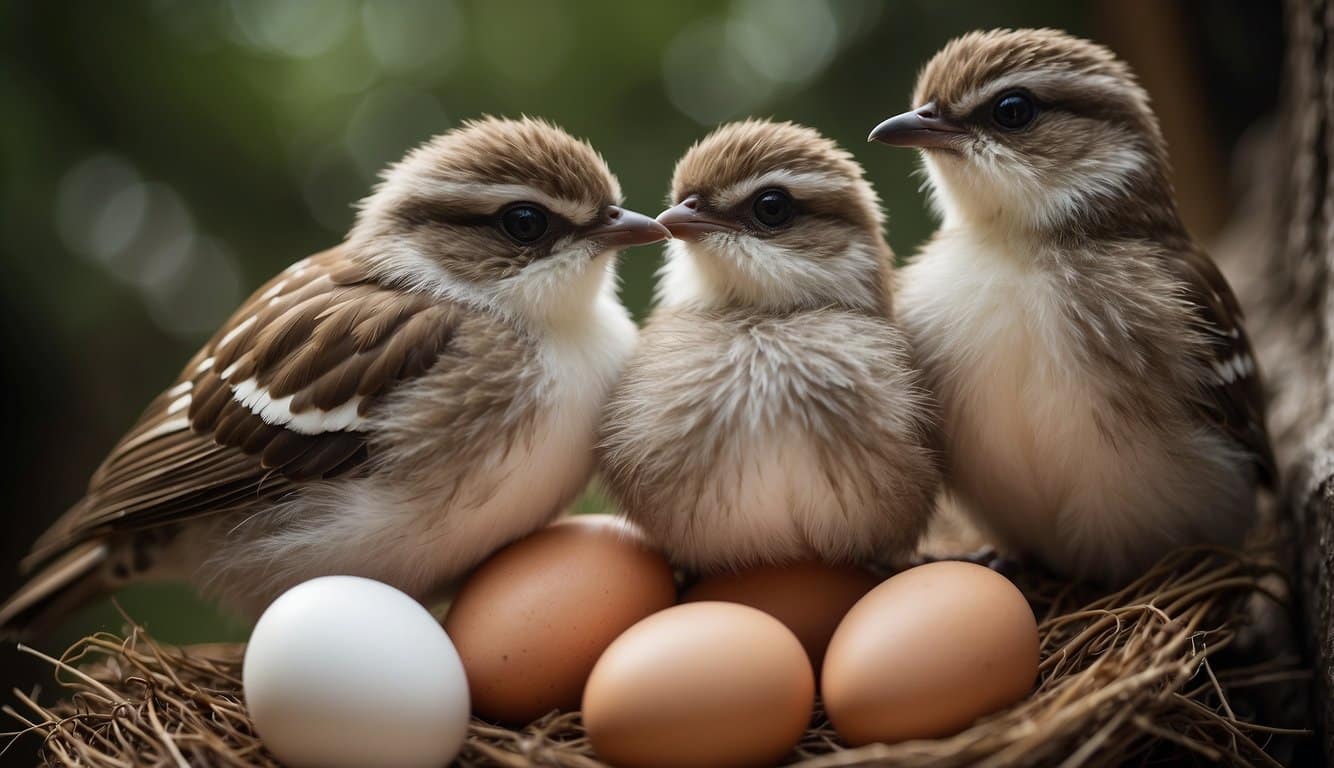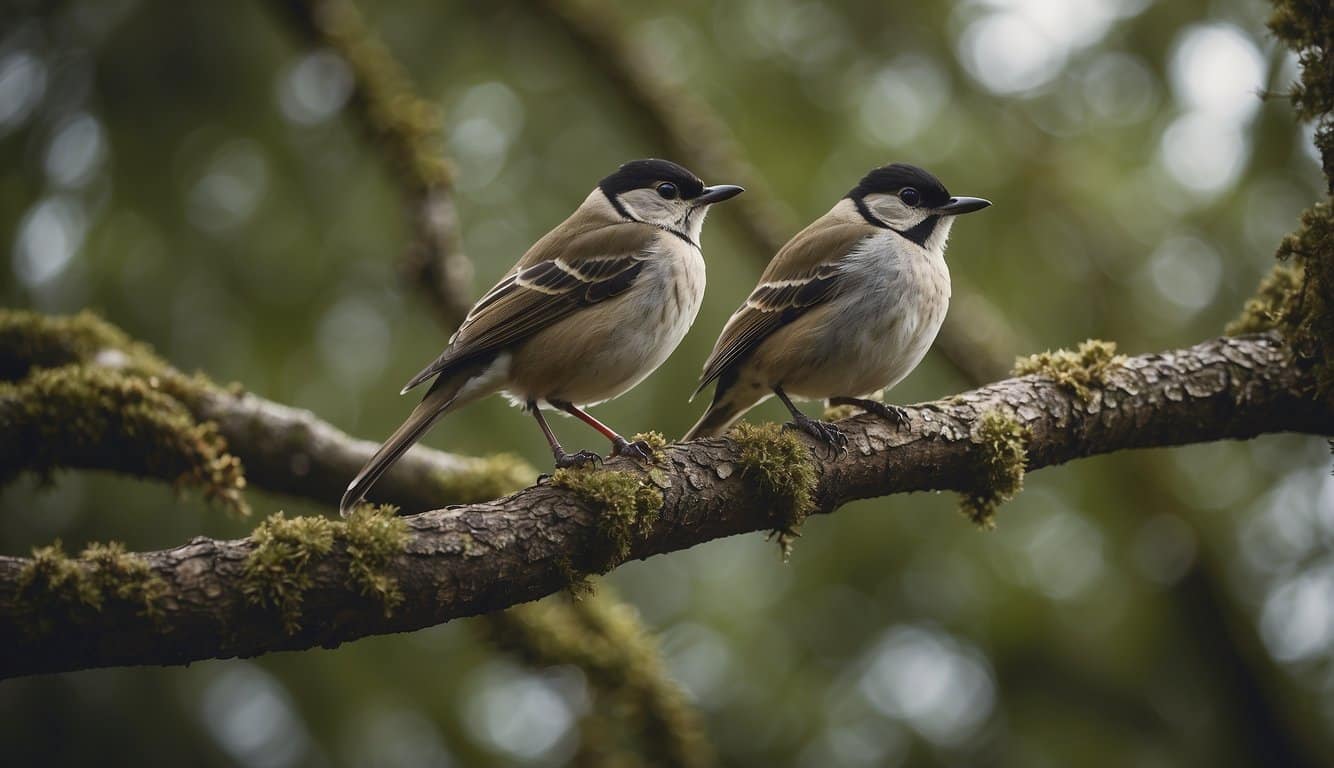Understanding the classification of birds and mammals is fundamental to comprehending the diversity of life on Earth.
Birds form a separate class known as Aves, characterized by their unique feature, feathers, which no other animals possess.
Unlike mammals, which are part of the class Mammalia and typically have fur or hair and mammary glands for producing milk, birds lay eggs with hard shells and do not have mammary glands.
The distinction between these two classes is a cornerstone of taxonomic classification and helps to clarify the place of each animal within the larger context of the animal kingdom.
In examining the characteristics of birds, it becomes clear why they do not fall under the class of mammals.
Birds are warm-blooded vertebrates with a four-chambered heart, similar to mammals; however, they are more closely related to reptiles than mammals.
Birds’ bodies are adapted for flight with the presence of wings, a feature they share with bats, which are mammals.
Even so, the absence of mammary glands and the presence of feathers strongly separate the two classes. This differentiation dispels common misconceptions and relates to frequently asked questions about whether any birds are mammals.
Key Takeaways
- Birds are categorized under the class Aves, distinct from mammals.
- No birds are considered mammals due to key differences like feathers and the absence of mammary glands.
- The classification helps address misconceptions and clarifies the unique traits of mammal-like birds.
Classification of Birds and Mammals
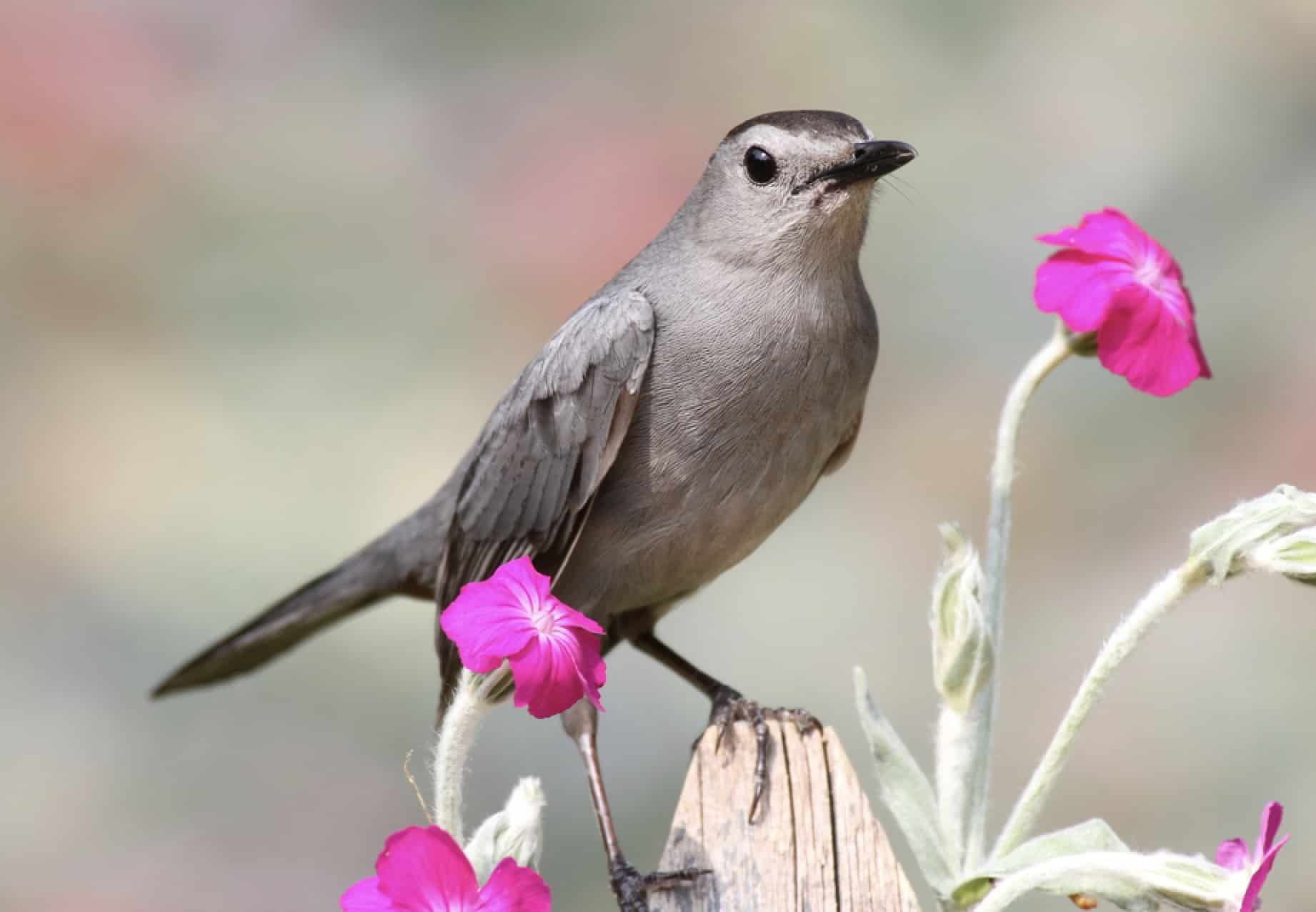
Birds and mammals are distinct classes, each with characteristics that set them apart.
Defining Characteristics of Birds
Kingdom: Animalia
Phylum: Chordata
Class: Aves
Birds are a group of feathered vertebrates, forming the class Aves. They are known for their ability to fly, although not all birds are capable of flight.
The hallmark feature of birds is their feathers, which are unique to this class and are essential for flight.
- Feathers: All birds have feathers, which vary in size, shape, and color, serving functions such as thermoregulation, camouflage, and courtship displays.
- Beak: Birds possess a beak without teeth and this part varies greatly among species, adapted to their diverse diets.
- Eggs: They lay hard-shelled eggs, which are incubated and hatched.
- Metabolism: Birds have a high metabolic rate to support flight.
- Skeletal structure: They have a lightweight skeletal structure, including a keeled sternum to which the flight muscles attach.
Defining Characteristics of Mammals
Kingdom: Animalia
Phylum: Chordata
Class: Mammalia
Mammals, unlike birds, are characterized by their fur or hair and the presence of mammary glands used by females to nurse their young. Belonging to the class Mammalia, mammals also share several other features that differentiate them from birds.
- Fur/Hair: Mammals are the only animals with hair or fur, which serves as insulation and aids in temperature regulation.
- Mammary Glands: Female mammals possess mammary glands that produce milk for feeding their offspring.
- Teeth: Mammals have differentiated teeth adapted for various diets.
- Endothermy: They maintain a constant internal body temperature (warm-blooded).
- Live Birth: Most mammals give birth to live young, rather than laying eggs.
This distinction ensures no overlap between birds and mammals; each stands out with defined characteristics peculiar to their class.
Common Misconceptions About Birds and Mammals
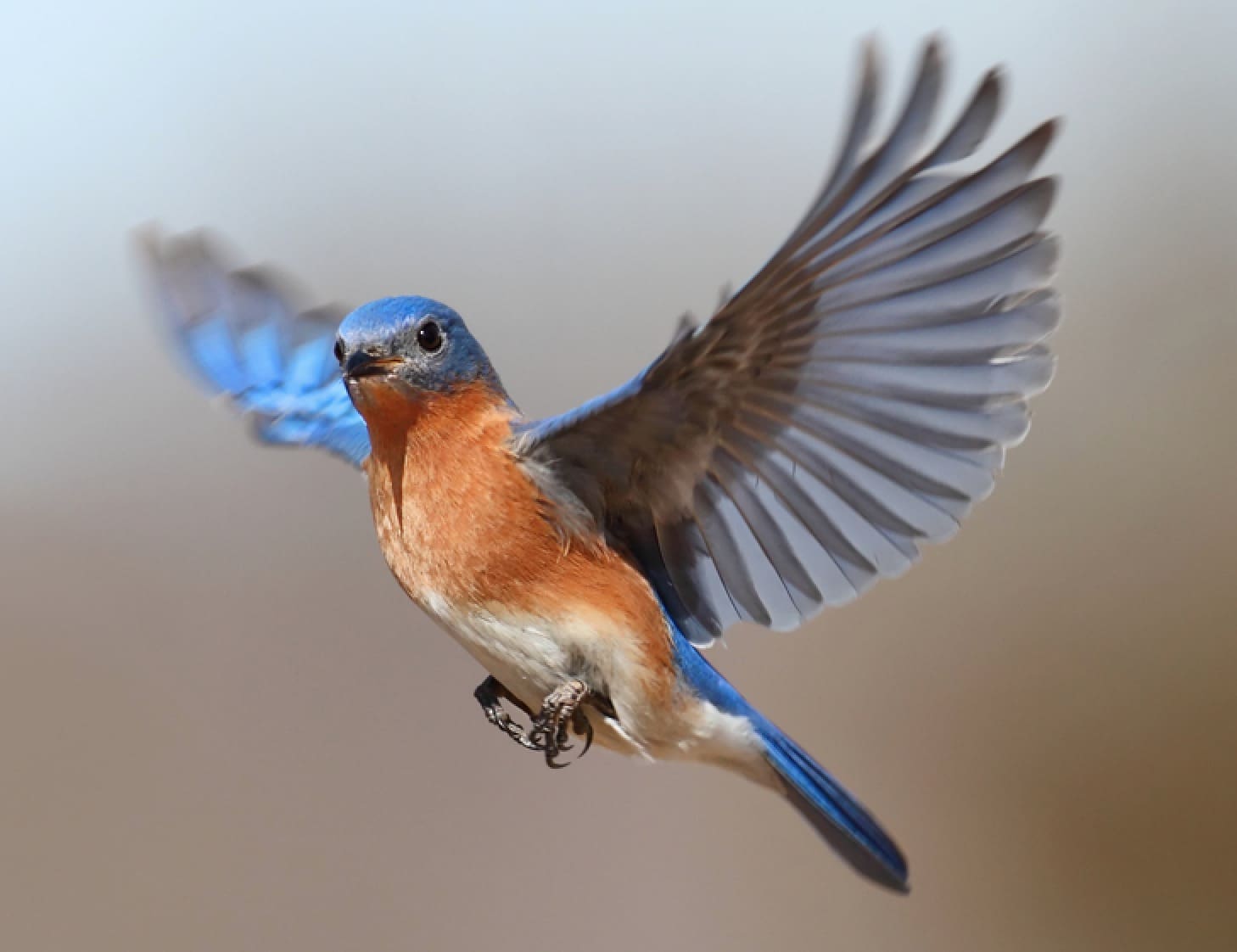
A frequent misunderstanding is that birds are mammals due to their endothermic nature, which is the ability to regulate body temperature independently.
Unlike mammals, birds are in the class Aves—they maintain body temperature differently, primarily through feathers and distinctive metabolic processes.
Distinct Differences:
- Feathers vs. Fur: Birds have feathers, while mammals have fur or hair.
- Reproduction: Birds lay hard-shelled eggs; most mammals give birth to live young.
- Beaks vs. Teeth: Birds generally have beaks, with few having any teeth, while mammals have a variety of teeth adapted to their diets.
Physical Attributes:
- Warm-blooded: Both birds and mammals can regulate their body temperature, leading some to incorrectly categorize birds as mammals.
- Skeleton: Birds possess a lightweight, hollow skeletal structure to aid in flight, a feature not found in mammals.
External Anatomy:
- Feathers: Unique to birds, feathers are often misconstrued as analogous to fur.
- Bird Legs: Misinterpretations occur with birds’ leg joints; what appears to be a backward-bending knee is actually an ankle.
Examples of Mammal-Like Birds and Their Traits
While no birds are classified as mammals, certain avian species exhibit traits reminiscent of mammals, intriguing biologists and ornithologists alike.
Two examples are the misclassified “platypus and echidna” and various flightless birds with unique thermoregulation.
The Platypus and Echidna
The Platypus and the Echidna are often mistakenly associated with birds due to their peculiar traits, yet they are actually monotremes—a group of egg-laying mammals. These two represent the only mammals capable of laying eggs.
- Platypus: Features a duck-like bill and webbed feet, and it uses electrolocation to find its prey underwater.
- Echidna: Possesses spines similar to a porcupine’s, a bird-like beak, and lays eggs, yet nurses its young with milk from mammary glands.
Flightless Birds and Thermoregulation
Flightless Birds like kiwis, emus, and ostriches exhibit thermoregulation abilities akin to mammals. They maintain their body temperature through various physiological adaptations.
- Kiwis: Possess shaggy feathers resembling fur and a keen sense of smell, which is rare in birds.
- Emus and Ostriches: Have large bodies with a high volume-to-surface area ratio that aids in heat retention, similar to some large mammals.
Frequently Asked Questions
In this section, readers will uncover definitive answers to common inquiries regarding the classification of birds within the animal kingdom, particularly focusing on their distinction from mammals.
Are there any bird species classified as mammals?
No bird species are classified as mammals. Birds are classified under the class Aves, while mammals are classified under the class Mammalia.
How do birds and mammals differ?
Birds and mammals are distinguished by several key characteristics, including reproductive systems and body coverings. Birds lay eggs and have feathers, whereas mammals give live birth and typically have fur or hair.
What are the primary characteristics that classify birds?
The primary characteristics that classify an animal as a bird include having feathers, a beak without teeth, and laying hard-shelled eggs. Birds also have a high metabolic rate and a strong yet lightweight skeletal structure.
Is it possible for a bird to be a mammal?
It is not possible for a bird to be a mammal. Despite both being warm-blooded vertebrates, birds and mammals belong to separate classes with distinct biological features.
How does the anatomy of birds contrast with that of mammals?
The anatomy of birds contrasts with that of mammals in several ways, such as the presence of feathers instead of hair and a beak instead of teeth. Birds also have a unique respiratory system with air sacs aiding in flight.
Which characteristics are unique to birds that differentiate them from mammals?
Characteristics unique to birds that differentiate them from mammals include their feathers, and their ability to fly with the aid of lightweight bones and powerful flight muscles.
Birds also have a specialized respiratory system. Their ability to produce songs with a syrinx is also a distinctive trait.
